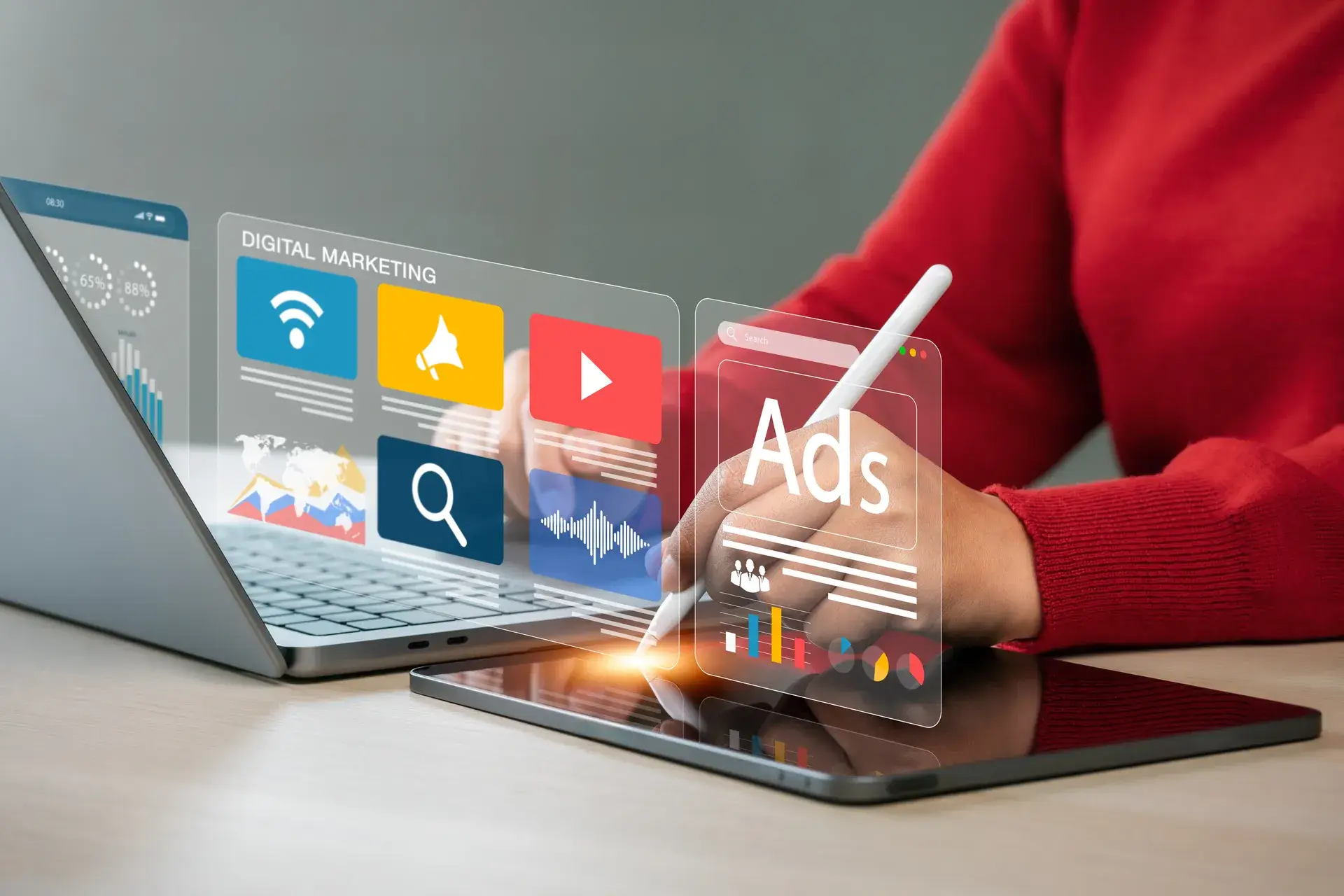Paid media is an essential component of digital marketing strategies, allowing businesses to reach targeted audiences effectively. This comprehensive guide covers the basics of paid media, its types, benefits, and how to create successful campaigns that drive engagement and conversions. Whether you're a small business or a marketing professional, this guide will equip you with the knowledge to leverage paid media in your marketing efforts.
What is Paid Media?
Paid media refers to any marketing strategy where businesses pay to leverage a third-party platform to connect with their target audience. This can encompass a variety of formats, including paid search ads, social media ads, display ads, and more.
The Different Types of Paid Media
1. Search Ads: These are text ads that appear on search engine results pages (SERPs) when users search for specific keywords.
2. Social Media Ads: Ads displayed on social platforms like Facebook, Instagram, and LinkedIn, allowing for highly demographic and interest-based targeting.
3. Display Ads: Visual banner ads that can appear on websites within ad networks, promoting products or services.
4. Video Ads: Ads that play before, during, or after video content on platforms like YouTube.
Benefits of Paid Media
- Immediate Results: Unlike organic marketing strategies, paid media can generate immediate traffic, leads, and conversions.
- Precise Targeting: Paid media allows for precise audience targeting based on demographics, interests, behaviors, and location.
- Measurable Outcomes: Most paid media platforms provide detailed analytics, allowing businesses to track performance, optimize campaigns, and ensure return on investment (ROI).
- Brand Visibility: Paid ads increase brand visibility and awareness, exposing the brand to a larger audience.
How to Create a Successful Paid Media Campaign
1. Define Your Goals
Establish clear objectives for your campaign, whether it's increasing website traffic, generating leads, or improving sales.
2. Identify Your Target Audience
Use market research to define your ideal customer, including demographics, interests, and online behaviors.
3. Choose the Right Platforms
Select the platforms that align with your audience and campaign goals. For instance, use LinkedIn for B2B marketing and Instagram for visually-driven products.
4. Craft Compelling Ad Content
Create engaging ads with clear calls-to-action (CTAs) that resonate with your audience.
5. Monitor and Optimize
Use analytics to track the performance of your ads, making adjustments as needed to improve effectiveness.
Conclusion
Paid media plays a vital role in digital marketing, offering businesses a powerful tool to increase visibility and drive sales. By understanding the different types of paid media and how to leverage them effectively, you can create campaigns that yield tangible results. Prebo Digital specializes in paid media strategies tailored to your unique business needs, ensuring you make the most of your marketing budget. Contact us today for a consultation!














